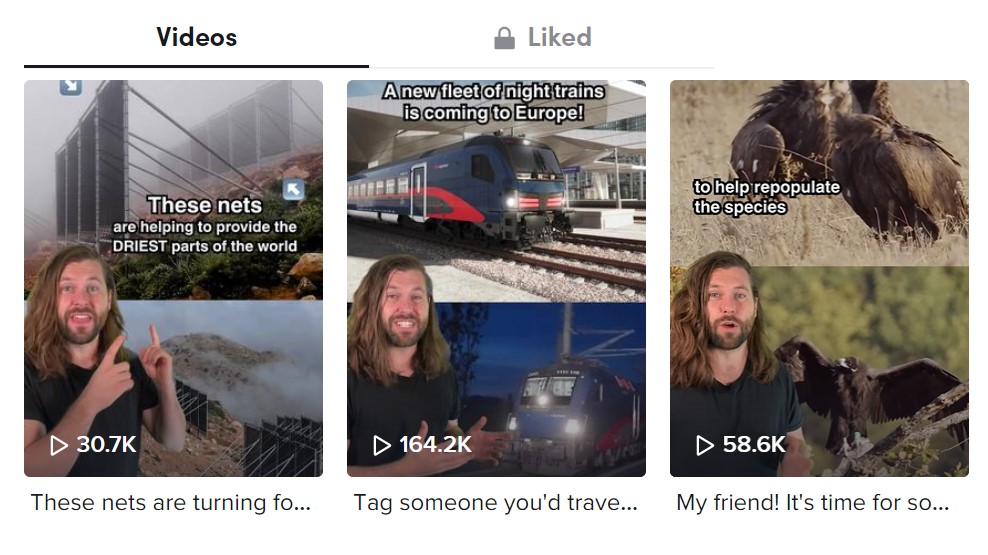TikTok is my go-to outlet for climate action news
As mainstream news sources focus solely on the “doom and gloom” aspect of climate change, I turn to social media for my fix of good news.
A lack of compassion from mainstream news sources has pushed Gen Z to gather their good news from TikTok, rather than CNN. It is no secret that digesting large amounts of negative news is harmful to our mental health; yet, there seems to be no intent from media outlets to slow down their reports on horrifying statistics, shocking stories, and tragic accidents.
Although negative news has an important place in the media, when it comes to climate action, the world may benefit from more sensitivity and optimism. There is no shortage of reports detailing the rising anxiety and distress people feel when reading updates on natural disasters and other climate-related emergencies. As mainstream sources like CNN are blasting negative headlines like “‘Delay means death’: We’re running out of ways to adapt to the climate crisis” that focus on the irreversible consequences of global warming, readers and viewers feel an undeniable sense of hopelessness.
With an overwhelming amount of bad news available at our fingertips, “doomscrolling” has quickly become Gen Z’s pastime. Combined with the lack of climate initiative in real-world politics, many Gen Zs feels left out of the discussion around climate laws. However, with the abundance of over-reporting on bad news, comes opportunities for creators to focus on the good. TikTok users such as Sam Bentley, as well as the YouTube Channel Daily Dose of Internet, seem to be single-handedly giving my generation, and their millions of followers, hope for the future.
Bentley opens each video with a positive voice—“Here’s some good news!”—and quickly rattles off instances of climate innovation, animal protection initiatives, and entrepreneurial projects that aim to protect and save the planet. Bentley’s videos are generally a minute long, and he manages to announce more good news in 60 seconds than mainstream news outlets do within an entire day of reporting and broadcasting.
From focusing on good news like Tokitae, the captive orca from Miami Seaquarium that was reunited with its family, to reporting on The Ocean Cleanup, who predict they can clean the entire Pacific Garbage Patch—Bentley single-handedly re-ignites his viewers’ hope for climate action. Not only is he spreading valuable information on climate initiatives, but he is also combating the norm that news must be delivered with a “doom and gloom” persona.
As Gen Z flocks to social media for their trusted news sources, we are actively reshaping what we want and expect to learn about the world. As the stigma around mental health dissolves, we become more aware of the damaging mental health effects of negative news. It becomes clear that the mainstream reporting industry, widely run and upheld by older generations, is not supported by younger folks.
Gen Z has little say in the individual laws made and passed regarding climate change and action, and yet, by following good news outlets on social media, we create hubs of people who want to hear the positives. In turn, social media allows Gen Z to become a community of young people who crave a future that isn’t all doom and gloom. Although Gen Z may seem radical and ignorant in their rejection of negative news, we are building new support systems that focus on the good and reinstall hope for our futures.

